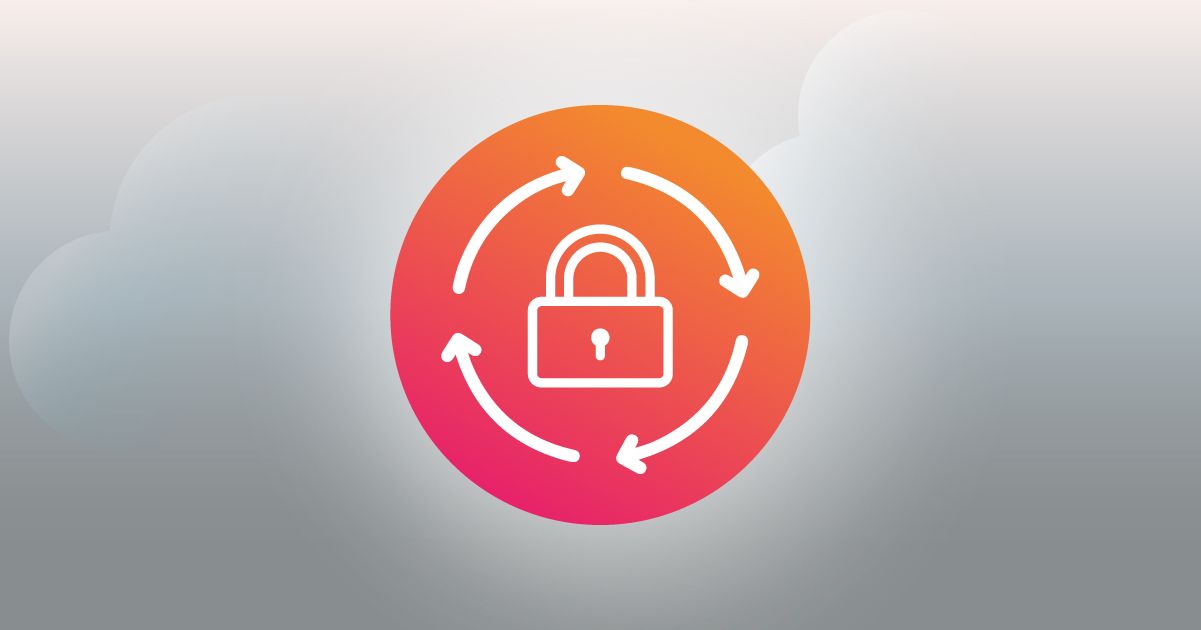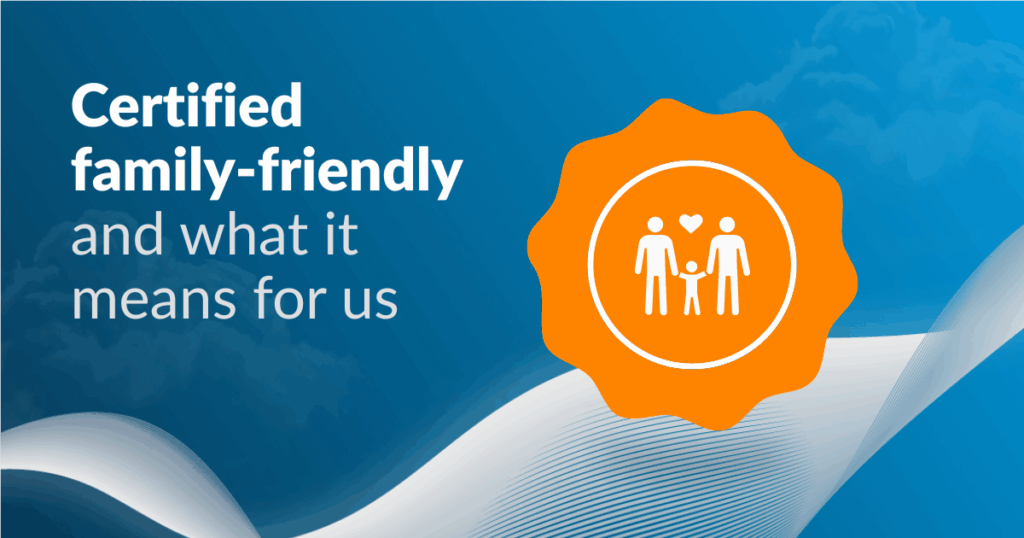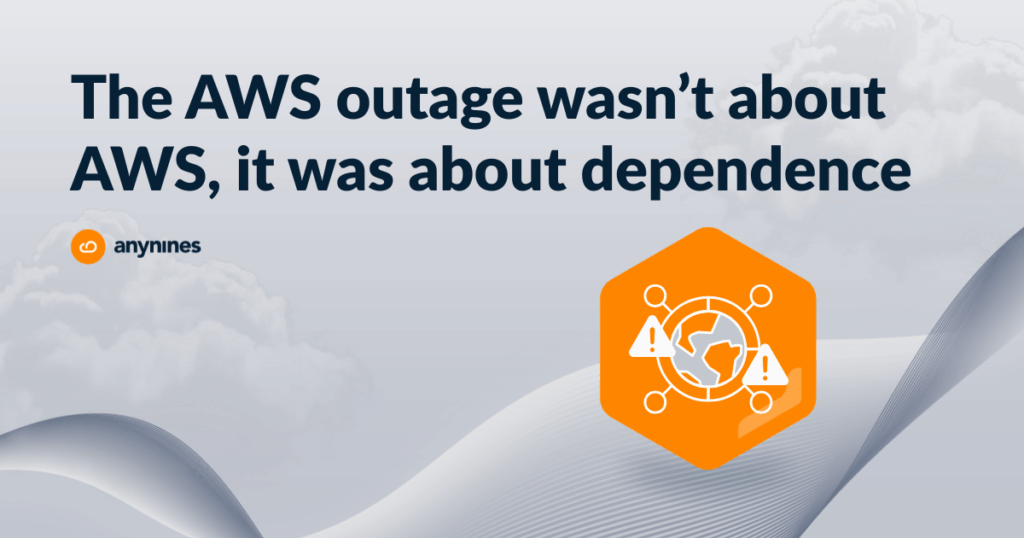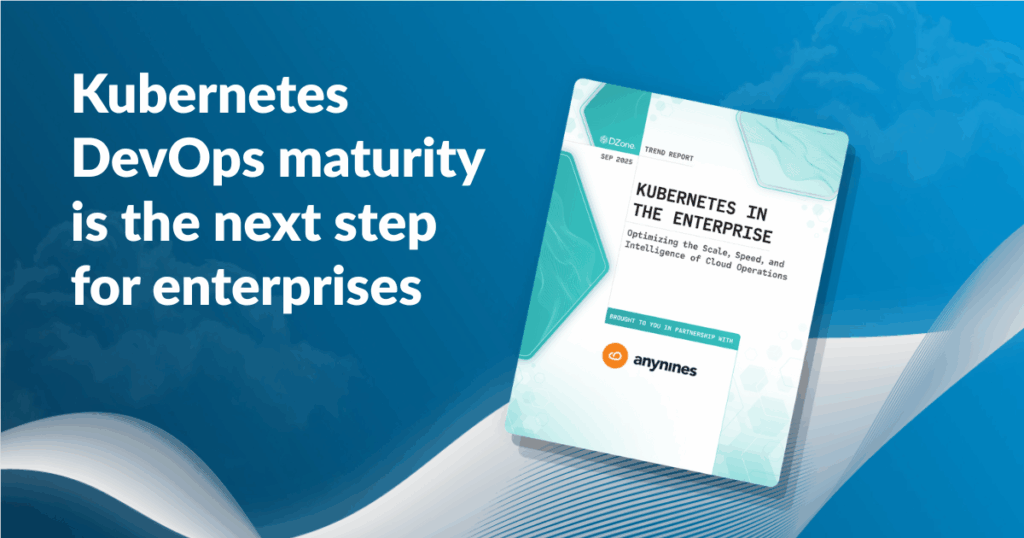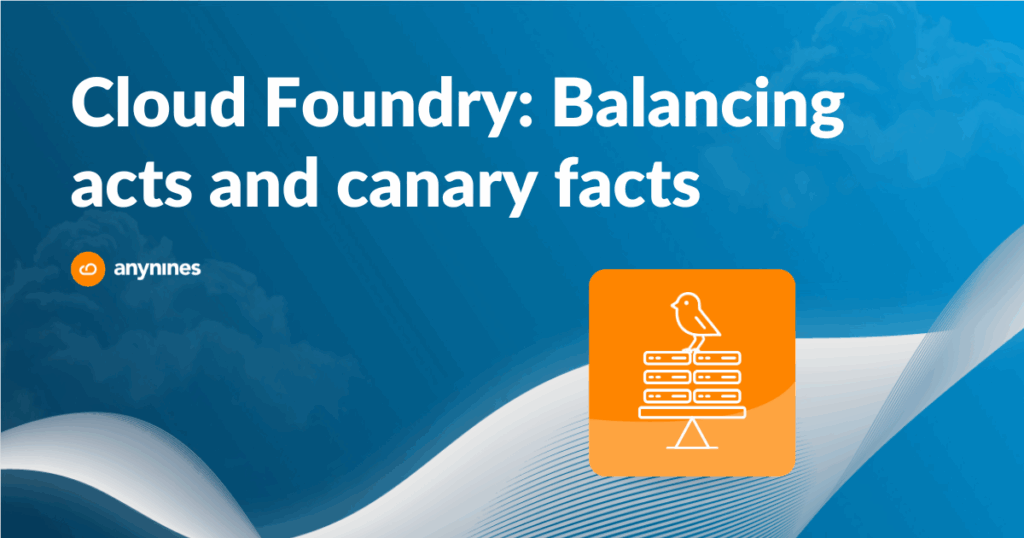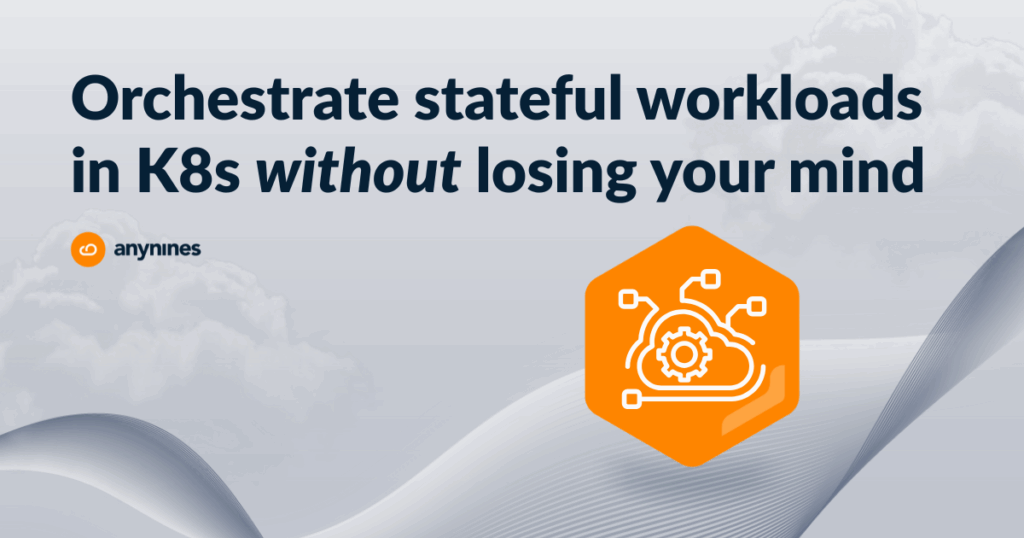Organizations moving towards adopting cloud computing often cite security and compliance among their top challenges. According to Statista, 35% of cybersecurity professionals identify security as their primary obstacle, while 31% point to compliance. Securing cloud environments is a significant task due to their ever-changing attack surfaces and increasingly complex architectures. The rise of multi-cloud adoption further complicates matters, expanding the scope of security beyond traditional network perimeters to encompass every user, device, and application.
Additionally, the shift towards cloud-native applications utilizing containers and infrastructure as code (IaC) introduces new risks, particularly through misconfigurations that can propagate at scale. Traditional security tools often struggle to adequately protect these modern environments. More than 78% of production workloads in cloud-native environments are deployed using containers or serverless technologies, with over 50% utilizing IaC. This shift places greater responsibility on developers to integrate security measures early in the development lifecycle, which can be prone to human error or oversight, potentially causing delays.
What is Cloud Security Automation?
Cloud security automation leverages software and automated workflows to perform tasks like threat detection, incident response, and vulnerability management. Organizations can enhance their response efficiency and minimize the likelihood of human errors by automating routine security operations.
There are many different areas of cloud security that can be automated; we’ll dive into them below.
Automating Identity and Access Management
What is IAM?
Identity and access management (IAM) encompasses the processes involved in managing user identities and their access to systems such as applications or networks.
IAM enables IT administrators to create unique digital identities for each user or group. Regarding access management capabilities, IAM systems allow IT teams to define the level of access that each ID has within specific platforms (such as web, servers, computers, documents, or applications) and determine which resources are accessible based on their access privileges.
At the enterprise level, IAM serves both customers and employees, playing a crucial role in ensuring data security and maintenance.
Automated IAM Capabilities
Automated IAM is particularly effective in aiding IT teams to track, monitor, and control accounts with access to sensitive data, ensuring its protection through secure authentication solutions.
IAM operates in four specific ways, when integrated into a Business Process Automation (BPA) platform:
- Authentication: This involves verifying a user’s identity through methods such as passwords, credentials, or Single Sign-On (SSO).
- Authorization: After authentication, IAM checks authorization information to determine the user’s access privileges and what actions they can perform within the system.
- Roles: IAM allows users to be assigned roles, each defining specific access rights, thereby streamlining the authorization process.
- Delegation: In scenarios requiring administrative actions, IAM enables administrators to modify the system and temporarily delegate administrative rights to users for performing specific tasks.
Automated Patch Management and Vulnerability Scanning
Another opportunity to streamline efficiency in cloud security lies within automated patch management and vulnerability scanning. These create a synergy as vulnerability scanning informs patch management by identifying where patches are needed most urgently.
Automated Patch Management
Automated patch management plays a crucial role in preventing security breaches by automatically identifying, downloading, testing, and deploying software and firmware updates to devices and applications using specialized software tools.
This automated process saves IT and security personnel time by promptly deploying the latest security enhancements, bug fixes, and performance upgrades, ensuring software remains up to date. Unlike manual methods prone to delays or missed critical patches amid the numerous vulnerabilities discovered monthly, automated patch management takes a proactive stance.
Effective patch management demands a consistent and systematic approach to distributing updates across software and firmware. Addressing security and functionality issues inconsistently can leave significant vulnerabilities unaddressed. Automated patch management solves this by promptly identifying and applying necessary patches.
It not only saves time and effort to automate the entire patching process, but also enhances security to a degree unattainable through manual methods. This advantage is particularly evident in enterprises managing a high volume of devices, where manual patching could be labor-intensive and resource-demanding. Even small businesses facing heavy workloads can reap benefits from automated patching. By ensuring all network devices are consistently updated with the latest security patches and upgrades, automated patching reduces the vulnerability to security breaches.
Automated Vulnerability Scanning
A vulnerability is any weakness within an information system, internal control, or system process that cybercriminals can exploit. Vulnerability scanning aims to identify and address such weaknesses. It can be conducted manually or by utilizing automated software. Automated vulnerability scanning tools excel in auditing, logging, threat modeling, reporting, and remediation. Utilizing an automated vulnerability scanner offers advantages such as:
- Risk Assessment: Regular scanning allows the cybersecurity team to assess the effectiveness of security controls across the organization’s systems.
- Proactive Security: Scanning all applications in advance for vulnerabilities can prevent cyberattacks on the system.
- Time Management: Automated scanning helps to reduce the workload.
Automated Intrusion Detection and Response
Automated intrusion detection and response systems are crucial in modern cybersecurity, offering enhanced protection by leveraging advanced technologies.
Intrusion Detection Systems (IDS) are designed to monitor and analyze network traffic for signs of malicious activity. There are three primary detection methods:
- Signature-Based Detection: Uses known threat signatures to identify malicious activity.
- Anomaly-Based Detection: Flags deviations from normal behavior.
- Heuristic-Based Detection: Employs algorithms to detect unusual activities.
Intrusion Prevention Systems (IPS) actively block detected threats, further enhancing security:
- Network-Based IPS (NIPS): Inspects network traffic to prevent attacks.
- Host-Based IPS (HIPS): Monitors and protects individual host systems.
Security Information and Event Management (SIEM) systems aggregate and analyze security data from various sources, providing a comprehensive view of the security landscape. They use correlation rules to detect and respond to incidents promptly.
Automated Security Configuration Management
Cloud security configuration management involves the process of defining and maintaining the configuration states of cloud resources and services to ensure they adhere to security standards and regulatory requirements. It thereby forms an essential part of a robust cybersecurity framework, covering network security, endpoint security, and application security across the entire information system, including operating systems, SaaS applications, virtual machines, and network devices, aimed at securing the overall cloud platform.
Misconfigurations within cloud environments, such as errors in firewall rules, permissions, authentication mechanisms, or IAM policies, can introduce vulnerabilities that hackers can exploit, making them one of the leading causes of data breaches.
Effective configuration management can mitigate these risks by establishing a consistent security posture across all cloud services. It involves setting a baseline configuration and continuously monitoring for any deviations, such as unexpected changes in configuration, providing a critical layer of defense.
Automated security configuration management not only reduces the likelihood of misconfigurations but also integrates seamlessly with DevOps workflows, facilitating swift remediation when issues arise. By enabling continuous monitoring of cloud configurations, automation furthermore allows for timely detection of any deviations from security standards. Coupled with real-time alerts, this proactive approach ensures that misconfigurations are promptly identified and corrected, bolstering overall security posture and enabling swift responses to potential threats. By adhering to these practices, organizations can effectively safeguard their cloud environments against emerging security challenges.
As you can see, cloud security automation has many facets. By implementing automated solutions across critical areas, organizations can substantially strengthen their defenses and ensure they remain current, while simultaneously freeing up valuable resources for innovation and growth. Thus, cloud security automation represents a cornerstone of resilient and forward-looking business practices in the era of cloud computing.
